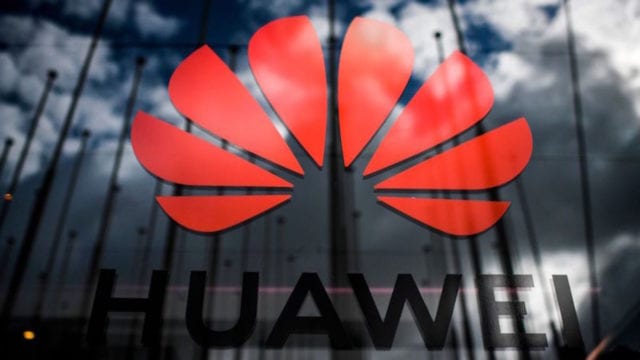
Huawei has a message for the United States: It can live without Google Maps. The Chinese smartphone giant has reached a deal with the Dutch location technology provider TomTom that will allow it to use the company’s maps, traffic information and navigation software to develop its own mobile apps.
The deal, which was reported by Reuters, is significant for Huawei because it means that the company is taking more steps to minimize the effects of a U.S. trade ban. Last year, the U.S. placed Huawei a government blacklist, called the “Entity List,” which prevents U.S. companies from doing business with Huawei without a special license, citing national security concerns.
As a result, Google suspended Huawei’s access to its Android operating system, as well as to Google’s proprietary apps and services, including Google Maps. Huawei relies on U.S. software and components for its smartphones.
Although the U.S. ban isn’t a big deal for Huawei in China because Google’s services are blocked there anyway, it is important at the international level, where many of its customers rely on Google’s apps.
Whether Huawei will remain on the U.S. Entity List in the future is unclear. Huawei was not a part of the first phase of the U.S.-China trade deal signed a few days ago. In fact, just before both countries signed the deal, Treasury Secretary Steven Mnuchin said that he did not “view Huawei as a chess piece” and that the company was part of the national security dialogue, not the economic dialogue, which meant that the issue was going to be negotiated separately.
Additionally, senior U.S. officials recently discouraged British ministers from using Huawei’s technology in its 5G networks, arguing that the move would put transatlantic intelligence sharing at risk. Nonetheless, The Guardian reports that British Prime Minister Boris Johnson is likely to ignore U.S. advice and approve the use of Huawei technology in the country’s 5G networks.
The new TomTom deal isn’t the only indication that Huawei is actively working on how to deal with the U.S. ban. After the U.S. announced that the company was blacklisted, Huawei revealed its own operating system and alternative to Android, HarmonyOS. Huawei’s operating system, which the company plans to gradually roll out over the next few years, is designed to work across a variety of devices, including TVs, smartphones, tablets and IoT gadgets.
Huawei also has its own version of the Google Play Store, called App Gallery, which can be used to download apps on the company’s phones. At its first Huawei Developer Conference in the UK and Ireland, Huawei announced a £20 million (about $25.9 million) investment plan aimed to encourage developers in those countries to create apps for App Gallery.
All in all, Huawei isn’t just sitting around hoping that the U.S. changes its mind, even though that would probably make things a lot easier. It’s slowly gathering and creating the elements it needs for a possible future without Google services and Android.
Source: gizmodo.com








